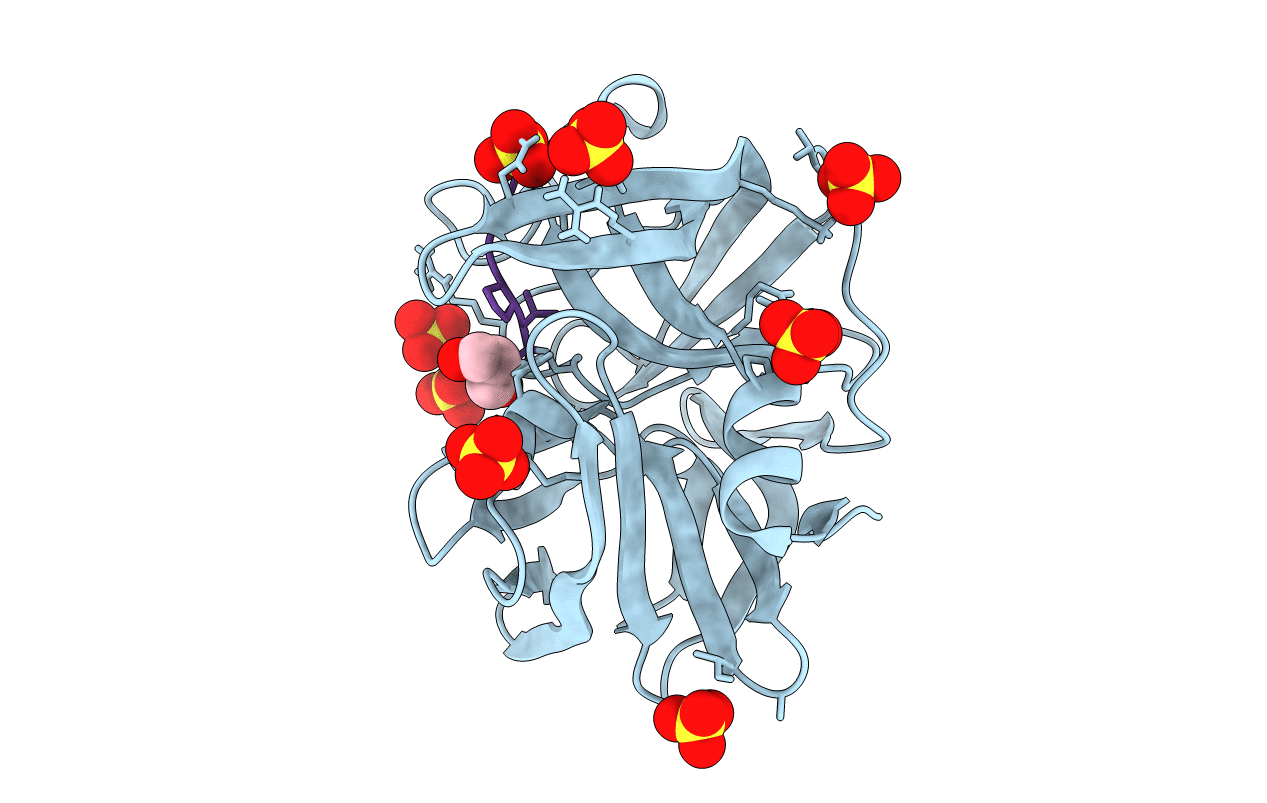
Deposition Date
2006-05-25
Release Date
2006-09-26
Last Version Date
2024-11-20
Entry Detail
PDB ID:
2H5D
Keywords:
Title:
0.9A resolution crystal structure of alpha-lytic protease complexed with a transition state analogue, MeOSuc-Ala-Ala-Pro-Val boronic acid
Biological Source:
Source Organism:
Lysobacter enzymogenes (Taxon ID: 69)
Method Details:
Experimental Method:
Resolution:
0.90 Å
R-Value Free:
0.09
R-Value Observed:
0.08
Space Group:
P 32 2 1


